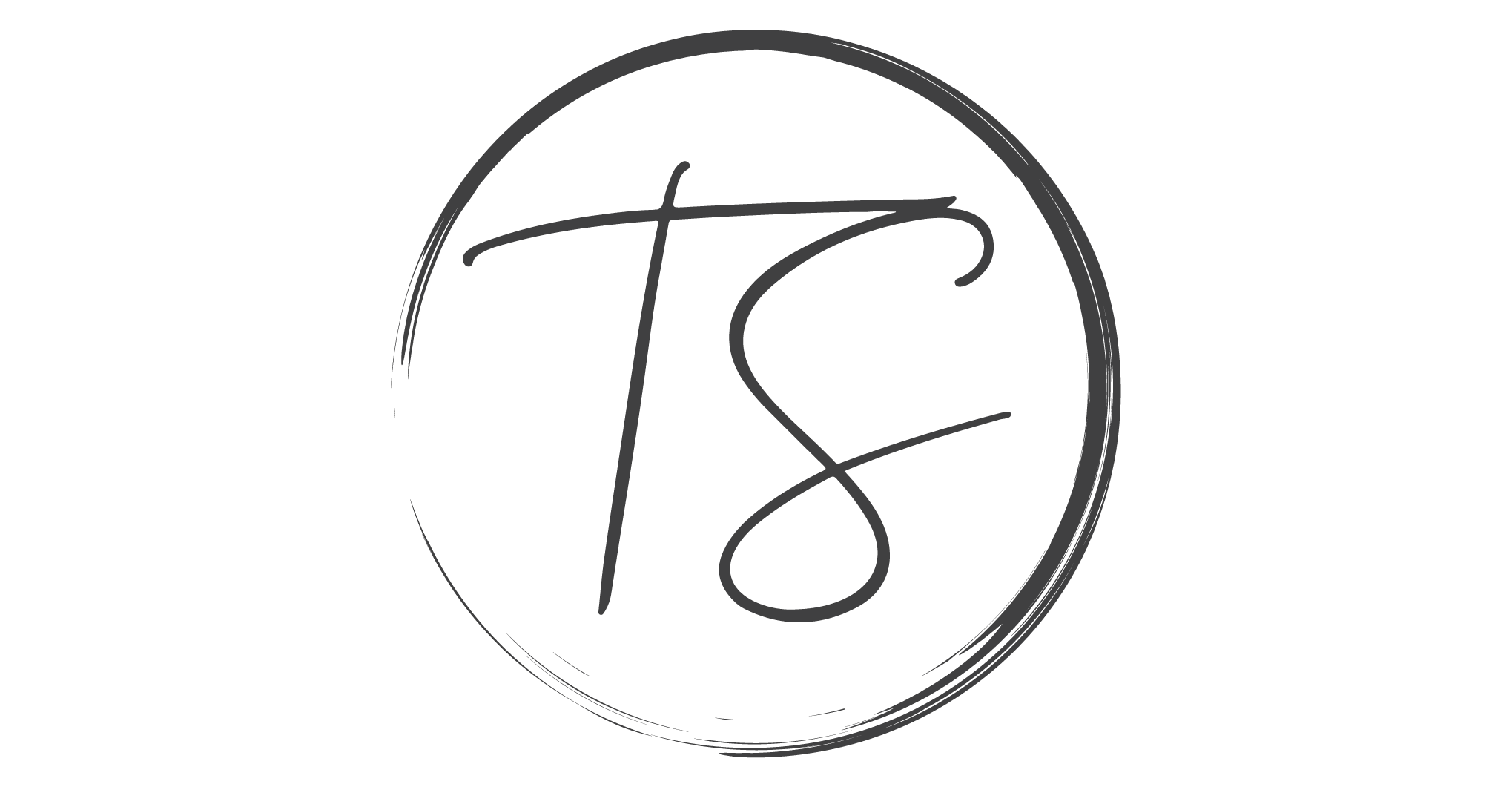

Interest rates have risen rapidly this year, triggered by the Bank of Canada’s efforts to curb inflation. And the July MNP Consumer Debt Index found that 59% of Canadians “are already feeling the effects of interest rate increases.”1
Why has the impact been so widespread? In part, due to the rising popularity of variable rate mortgages. According to the Canada Mortgage and Housing Corporation, in the latter half of last year, the majority of mortgage borrowers opted for a variable over a fixed interest rate.2
Variable mortgages are typically pegged to the lender’s prime rate, which means they are immediately affected by rising interest rates. Homeowners with fixed mortgages aren’t impacted as quickly because their interest rate is locked in, but they will face higher rates, as well, when their mortgages are up for renewal. And many homebuyers are finding it increasingly difficult to afford or even qualify for a mortgage at today’s elevated rates.
Fortunately, there are steps you can take to strengthen your position if you have plans to buy a home or renew an existing mortgage. Try these eight strategies to help secure the best available rate:
- Raise your credit score.
Borrowers with higher credit scores are viewed as “less risky” to lenders, so they are offered lower interest rates. A “good” credit score typically starts at 660 and can move up into the 800s.3 If you don’t know your score, you can access it online from Canada’s two primary credit bureaus, Equifax and Transunion.4
Then, if your credit score is low, you can take steps to improve it, including:5
- Correct any errors on your credit reports, which can bring down your score. You can request free copies of your reports through the Equifax and Transunion websites.
- Pay down revolving debt. This includes credit card balances and home equity lines of credit.
- Avoid closing old credit card accounts in good standing. It could lower your score by shortening your credit history and shrinking your total available credit.
- Make all future payments on time. Payment history is a primary factor in determining your credit score, so make it a priority.
- Limit your credit applications to avoid having your score dinged by too many inquiries. If you’re shopping around for a car loan or mortgage, minimize the impact by limiting your applications to a two-week period.
Over time, you should start to see your credit score climb — which will help you qualify for a lower mortgage rate.
- Keep steady employment.
If you are preparing to purchase a home, it might not be the best time to make a major career change. Unfortunately, frequent job moves or gaps in your résumé could hurt your borrower eligibility.
When you apply for a new mortgage, lenders will typically review your employment and income history and look for evidence that you’ve been financially stable for at least two years.6 If you’ve earned a steady paycheck, you could qualify for a better interest rate. A stable employment history gives lenders more confidence in your ability to repay the loan.
That doesn’t mean a job change will automatically disqualify you from purchasing a home. But certain moves, like switching from corporate employment to freelance or self-employment status, could force you to delay your purchase, since lenders will want to see proof of steady, long-term earnings.6
- Lower your debt service ratios.
Even with a high credit score and a great job, lenders will be concerned if your debt payments are consuming too much of your income. That’s where your debt service ratios will come into play.
There are two types of debt service ratios:7
- Gross debt service (GDS) — What percentage of your gross monthly income will go towards covering housing expenses (mortgage, property taxes, utilities, and 50% of condo maintenance fees)?
- Total debt service (TDS) — What percentage of your gross monthly income will go towards covering ALL debt obligations (housing expenses, credit cards, student loans, and other debt)?
What’s considered a good debt service ratio? Lenders typically want to see a GDS ratio that’s no higher than 32% and a TDS ratio that’s 40% or less.7
Low debt service ratios will also help you pass a mortgage stress test, which is required by all Canadian banks and some other types of lenders. The stress test is designed to help ensure you can continue to afford your mortgage payments even if interest rates rise. You can use the government of Canada’s Mortgage Qualifier Tool to calculate how much you can afford to borrow.
If your debt service ratios are too high, or you can’t pass a mortgage stress test, you may need to consider purchasing a less expensive home, increasing your down payment, or paying down your existing debt. A bump in your monthly income will also help.
- Increase your down payment.
Minimum down payment requirements vary by loan size and property type. But, in some cases, you can qualify for a lower mortgage rate if you make a larger down payment.
Why do lenders care about your down payment size? Because borrowers with significant equity in their homes are less likely to default on their mortgages. That’s why you will be required to purchase mortgage default insurance if you put down less than 20%.8
It’s important to note that some lenders offer discount rates for borrowers who put down less than 20% – because the required default insurance protects them from any potential loss. However, the cost of CMHC or private mortgage default insurance will typically exceed any interest savings. You’ll also have to pay interest on that insurance if you add it to your mortgage.9 The bottom line: you’ll save money in borrowing costs if you can afford a larger down payment.
Fortunately, there are a couple of government-initiated resources designed to help eligible first-time home buyers with a down payment, including:9
- Home Buyers’ Plan (HBP) – Buyers may withdraw up to $35,000 (tax-free) from their Registered Retirement Savings Plan(RRSP). The money must be used to build or purchase a qualifying home and repaid to the RRSP within 15 years.
- First-Time Home Buyer Incentive – Buyers can take advantage of a shared-equity mortgage with the Government of Canada. Essentially, the Government will put 5% or 10% towards your down payment, interest-free, in exchange for a limited equity share of your property. The repayment is due in 25 years or when you sell your home.
We’d be happy to discuss these and other programs, tax rebates, and incentives that might help you increase your down payment.
- Weigh interest rate options.
All mortgages are not created equal, and some may be a better fit than others, depending on your priorities and risk tolerance. For starters, there are several interest rate options to choose from:10
- Fixed — You’re guaranteed to keep the same interest rate for the entire length of the loan. Many buyers prefer a fixed rate because it offers them predictability and stability. However, you’ll pay a premium for it, as these mortgages typically have a higher interest rate to start. And if rates fall, you’ll be locked into that higher rate.
- Variable — Your interest rate will rise or fall along with your lender’s prime rate. You can choose either an adjustable or a fixed monthly payment. However, if you opt for a fixed payment, the amount that goes towards principal and interest each month will fluctuate depending on the current rate. Variable-rate mortgages typically offer lower interest rates to start but run the risk of increasing.
- Hybrid – Can’t decide between a fixed or variable rate? Hybrid mortgages attempt to address that dilemma. A portion of the mortgage will have a fixed rate and the remainder will have a variable rate. The fixed gives you some protection if rates go up, while the variable offers some benefit if rates fall.
What’s the best choice if you’re looking for the lowest mortgage rate? The answer is…it depends. If mortgage rates don’t rise much higher, or drop back down in a couple of years, you could win by opting for a variable rate. However, if they continue to climb, you may be better off with a fixed rate.
Keep in mind that the spread between variable and fixed rates has narrowed as rates rise.11 However, it’s still easier to meet the stress-test requirements for a variable mortgage, since the threshold is lower.12 So, your choice may be limited by your ability to qualify.
- Compare loan terms.
A mortgage term is the length of time your mortgage agreement is in effect. At the end of the term, a mortgage holder will need to either pay off their mortgage or renew for another term.
There are three major types of mortgage terms:13
- Shorter-term – These can range from 6 months to 5 years, and they are the most popular type in Canada. Borrowers can choose between a fixed or variable interest rate.
- Longer-term – These are longer than 5 years but generally no more than 10 years in length. Longer-term mortgages are more likely to feature fixed-interest rates and hefty prepayment penalties.
- Convertible – Offers the option to extend a shorter-term mortgage to a longer-term mortgage, typically at a different interest rate.
Which loan term offers the lowest rate? A shorter-term mortgage will typically feature a lower interest rate than a longer-term mortgage. However, the rate on a 1-year or a 3-year mortgage could be higher or lower than a 5-year mortgage depending on the current economic climate and whether it’s fixed or variable.
Many lenders offer especially attractive rates for 5-year mortgages due to their popularity.14 But to find the best rate, you’ll need to compare your options at the time of purchase or renewal.
- Get quotes from multiple lenders.
When shopping for a mortgage, be sure to solicit quotes from several different lenders and lender types to compare the interest rates and fees. Depending upon your situation, you could find that one institution offers a better deal for the type of loan and term length you want.
Ideally, you should begin this process before you start looking for a home. If you get preapproved for a mortgage, in most cases, you can lock in the mortgage rate for 90 to 120 days. This is especially important when interest rates are rising.15
Some borrowers choose to work with a mortgage broker. Like an insurance broker, they can help you gather quotes and find the best rate. They’re paid a commission by the lender, so it won’t cost you anything out of pocket to use a broker. However, make sure you find out which lenders they work with and contact more than one so you can compare their recommendations.16
Don’t forget that we can be a valuable resource in finding a lender, especially if you are new to the home buying process. After a consultation, we can discuss your financing needs and connect you with loan officers or brokers best suited for your situation.
- Ask for a discount.
When shopping for a mortgage, don’t be afraid to negotiate. In Canada, it’s commonplace for lenders to discount their advertised interest rates, which are called posted rates. And in many cases, all you have to do is ask. Of course, the strength of your application will come into play here – so don’t neglect strategies 1 through 4 above.17
Keep in mind that interest rates aren’t the only thing on the table. You can negotiate other contract terms, as well, like prepayment options and rebates. And if you get a great offer from one lender, you can leverage it by asking your preferred institution to match or beat it.17
Getting Started
Unfortunately, the rock-bottom mortgage rates we saw during the height of the pandemic are behind us. However, today’s 5-year fixed rates still fall beneath the historical average — and are well below the all-time peak of 20.75% in 1981.18
And although higher mortgage rates have made it more expensive to finance a home purchase, they have also ushered in a more balanced market. Consequently, today’s buyers are finding more homes to choose from, a better value for their investment, and sellers who are willing to negotiate.
If you have questions or would like more information about buying or selling a home, reach out to schedule a free consultation. We’d love to help you weigh your options, navigate this shifting market, and reach your real estate goals!
Sources:
- MNP Consumer Debt Index –
https://mnpdebt.ca/en/resources/mnp-consumer-debt-index - Global News –
https://globalnews.ca/news/8970237/canada-mortgages-variable-fixed-cmhc/ - Loans Canada –
https://loanscanada.ca/mortgage/minimum-credit-score-required-for-mortgage-approval/ - Government of Canada –
https://www.canada.ca/en/financial-consumer-agency/services/credit-reports-score/order-credit-report.html - Government of Canada – https://www.canada.ca/en/financial-consumer-agency/services/credit-reports-score/improve-credit-score.html
- RATESDOTCA –
https://rates.ca/resources/how-long-at-job-before-applying-mortgage - NerdWallet –
https://www.nerdwallet.com/ca/mortgages/what-are-debt-service-ratios - Royal Bank of Canada –
https://www.rbcroyalbank.com/mortgages/mortgage-default-insurance.html - Government of Canada –
https://www.canada.ca/en/financial-consumer-agency/services/mortgages/down-payment.html#toc2 - Government of Canada –
https://www.canada.ca/en/financial-consumer-agency/services/mortgages/choose-mortgage.html - Canada Mortgage Professional –
https://www.mpamag.com/ca/mortgage-industry/industry-trends/what-do-falling-bond-yields-mean-for-fixed-rates/416463 - The Globe and Mail –
https://www.theglobeandmail.com/business/article-the-best-mortgage-strategies-for-a-rising-interest-rate-environment/ - Government of Canada –
https://www.canada.ca/en/financial-consumer-agency/services/mortgages/mortgage-terms-amortization.html - WOWA.ca –
https://wowa.ca/mortgage-rates - NerdWallet –
https://www.nerdwallet.com/ca/mortgages/what-is-mortgage-pre-approval - Government of Canada –https://www.canada.ca/en/financial-consumer-agency/services/mortgages/preapproval-qualify-mortgage.html
- NerdWallet –
https://www.nerdwallet.com/ca/mortgages/negotiating-mortgage-fees - RateHub.ca –
https://www.ratehub.ca/5-year-fixed-mortgage-rate-history
















